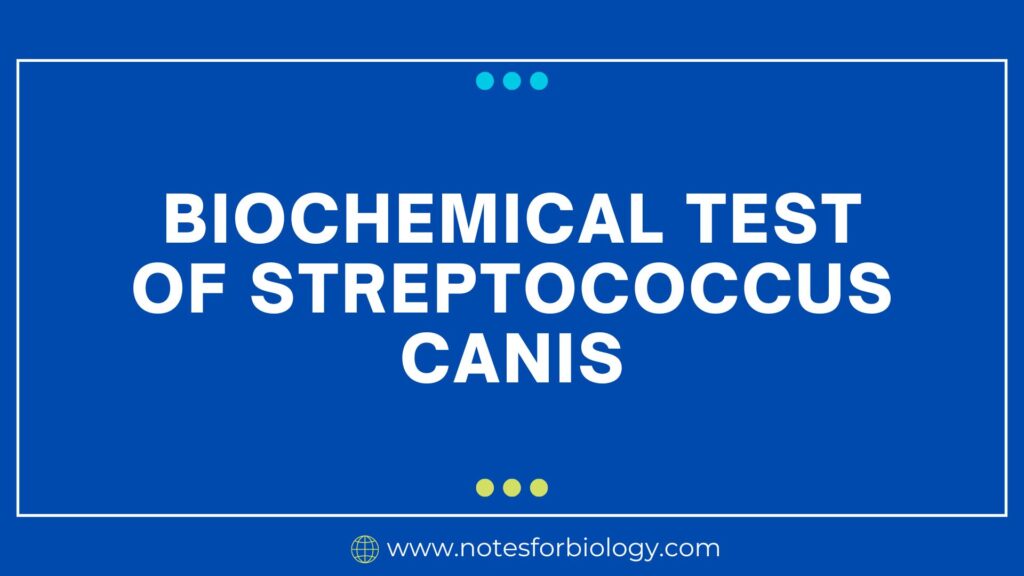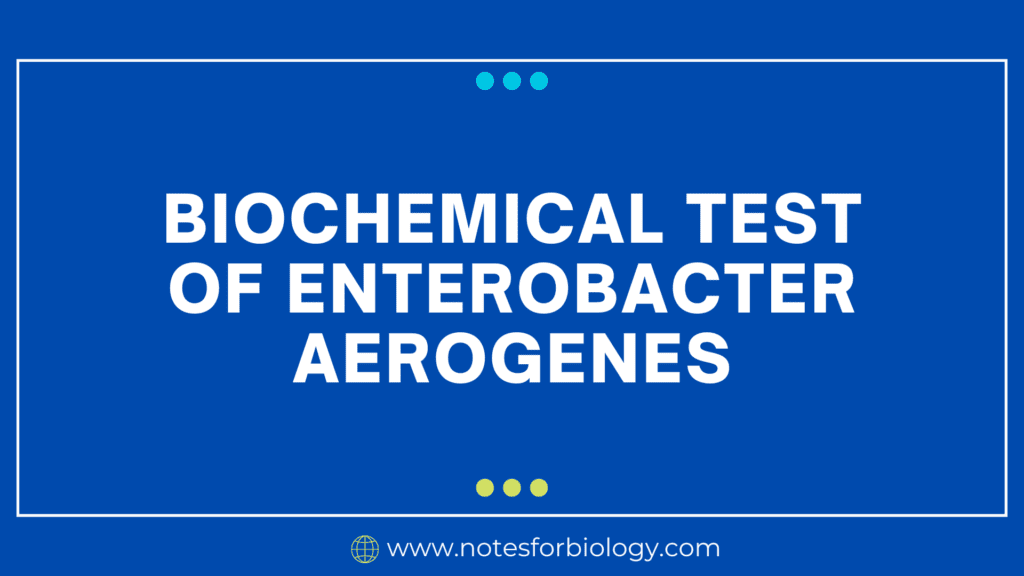Streptococcus canis is a Gram-positive, beta-hemolytic bacterium from Lancefield group G. It is catalase-negative, PYR-negative, and bile esculin-negative. It does not grow in 6.5% NaCl. Streptococcus canis is CAMP test positive, hippurate hydrolysis positive, and typically ferments glucose. These biochemical characteristics help differentiate Streptococcus canis from other Streptococcus species and related bacteria.

Table of Contents
Definition of Streptococcus canis
Streptococcus canis is a significant pathogen in veterinary medicine, posing a notable threat to the health of animals. It has the potential to lead to a range of infections in animals, including skin and soft tissue infections, respiratory infections, urinary tract infections, and septicemia. In rare cases, it can also cause similar infections in humans, particularly in individuals with compromised immune systems or those who have close contact with animals.
Diagnosis and Treatment
The diagnosis of Streptococcus canis requires taking clinical specimens and growing the bacterium in a laboratory setting. Biochemical tests are then conducted to identify the specific strain. Treatment usually involves the use of antibiotics, selected based on susceptibility testing to ensure they are effective against the potential resistance of the bacterium.
Prevention
Preventive measures in animals include maintaining good hygiene, regular veterinary check-ups, and prompt treatment of infections. In humans, preventive measures include practising good hygiene, particularly when handling animals, and seeking medical attention if infection is suspected.
Biochemical Test of Streptococcus canis
Gram Staining
Its outcome is Gram-positive. When grouped in chains or pairs, the appearance is that of spherical or ovoid cocci.
Catalase Test
Its outcome is Negative and does not generate catalase, therefore when hydrogen peroxide is added, there are no bubbles.
Hemolysis on Blood Agar
Its outcome is hemolytic beta. The complete lysis of red blood cells results in distinct hemolysis zones surrounding colonies.
Lancefield Grouping
Its outcome is Group G which is based on serological testing, it was determined that the individual belonged to Lancefield.
PYR Test
The test results indicate that there is no colour change, indicating that L-pyrrolidonyl-β-naphthylamide is not hydrolyzed.
Bile Esculin Test
The outcome is Negative. The medium does not turn dark brown or black because it does not hydrolyze esculin when bile is present.
Growth in 6.5% NaCl
The negative outcome indicates that the plant is unable to withstand elevated salt concentrations, as evidenced by its inability to thrive in 6.5% sodium chloride.
CAMP Test
The outcome is Positive. When cultivated near Staphylococcus aureus on blood agar, it produces an increased hemolytic reaction (arrowhead-shaped zone of hemolysis).
Hippurate Hydrolysis
The outcome is Positive. Capable of hydrolyzing hippurate to produce glycine and benzoic acid, which are discernible through a colour shift.
Sugar Fermentation
Fermentation of lactose has a variable outcome which depends on the strain, lactose may or may not be fermented.
Enzymatic Reactions
| Alkaline Phosphatase | Positive (+ve) |
| Arginine Dehydrolase | Positive (+ve) |
| Esculin Hydrolysis | Positive (+ve) |
| Hyalurodinase | Negative (-ve) |
Frequently Asked Question
What is Streptococcus canis?
Streptococcus canis is a Gram-positive, beta-hemolytic bacterium belonging to Lancefield group G. It primarily infects animals, particularly dogs and cats, but can also cause infections in humans.
Where is Streptococcus canis commonly found?
Streptococcus canis is commonly found as part of the normal flora in the oropharyngeal and genital tracts of dogs and cats. It can also colonize the skin and mucous membranes.
What are the key biochemical characteristics of Streptococcus canis?
Streptococcus canis is catalase-negative, beta-hemolytic on blood agar, and belongs to Lancefield group G. It does not grow in 6.5% NaCl and typically ferments glucose with variable lactose fermentation.
Related Articles



